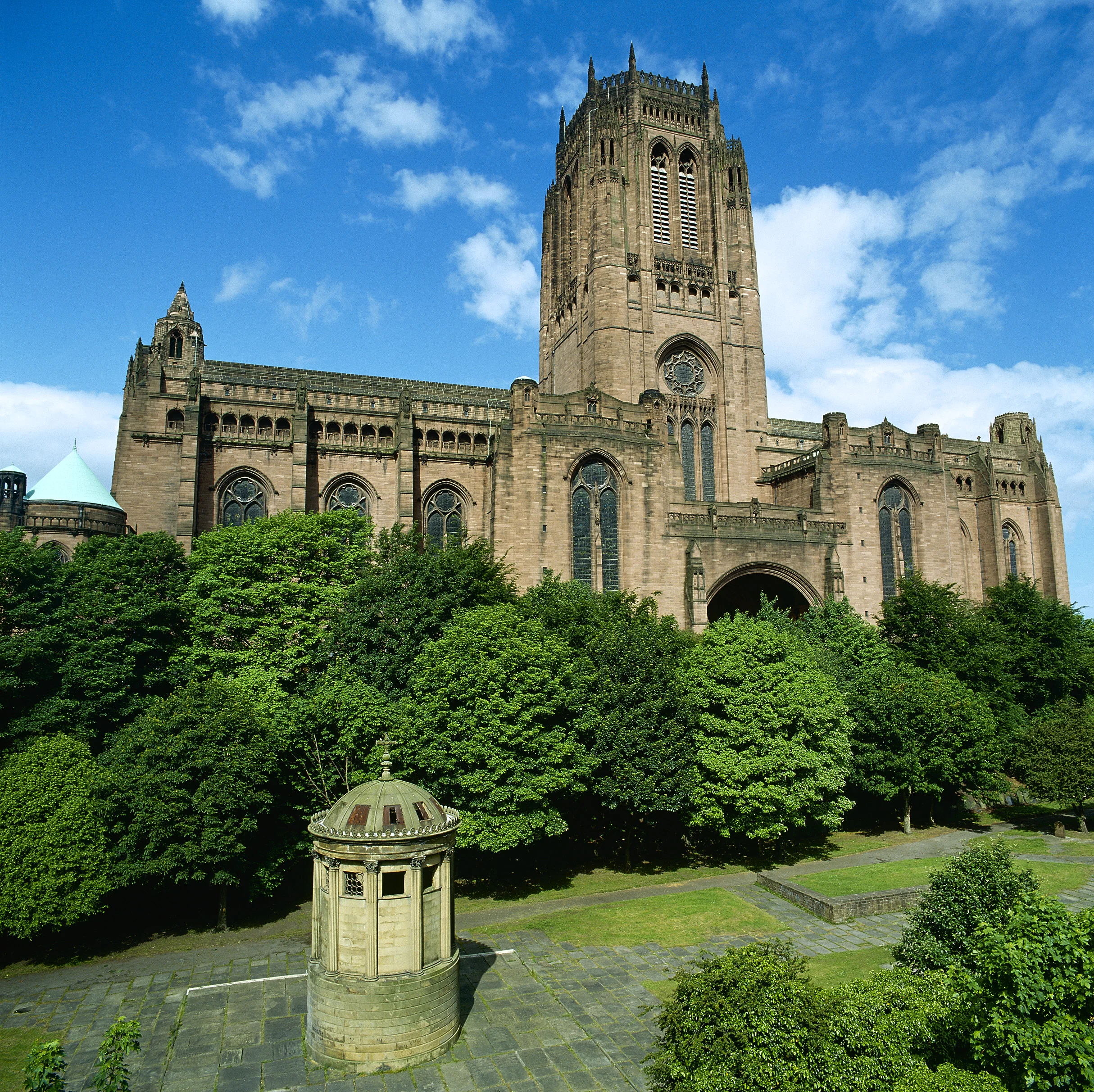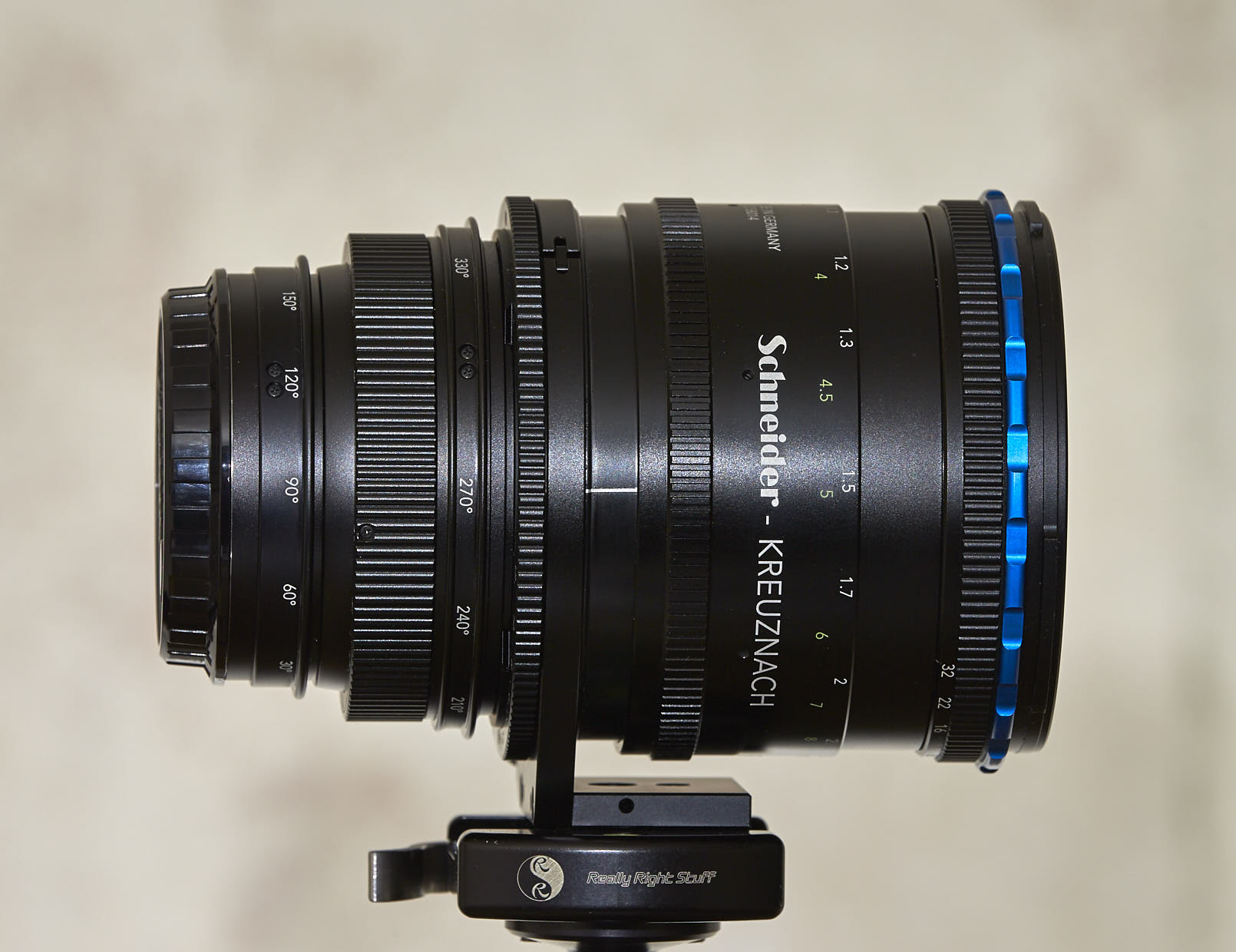Part of my work as a commercial photographer involves scouting locations for clients and designers, over the years I've amassed a large portfolio of previously used locations and locations ready for the next shoot so to speak! So it was great to see one of the Forestry Commission locations I shot in 2016 being used in episode two of the BBC series War of the Worlds.
The following shots were taken in Delamere Forest about 10 miles east of Chester.















